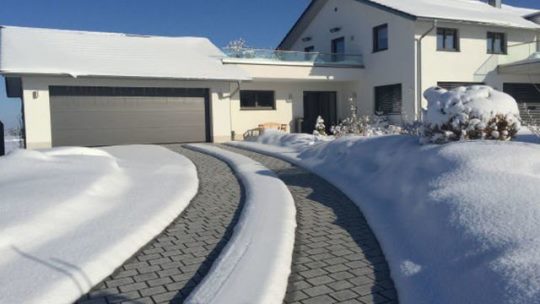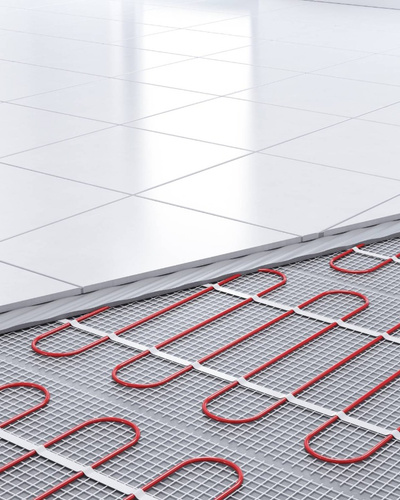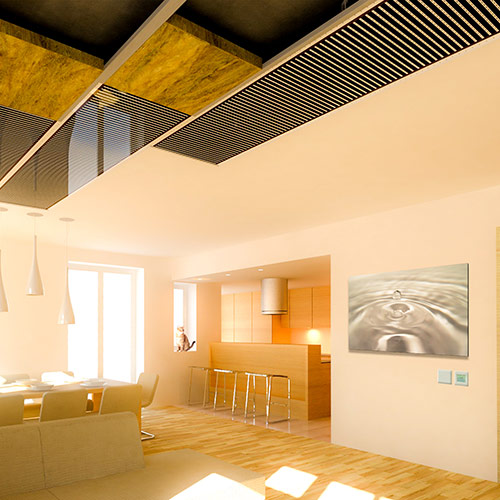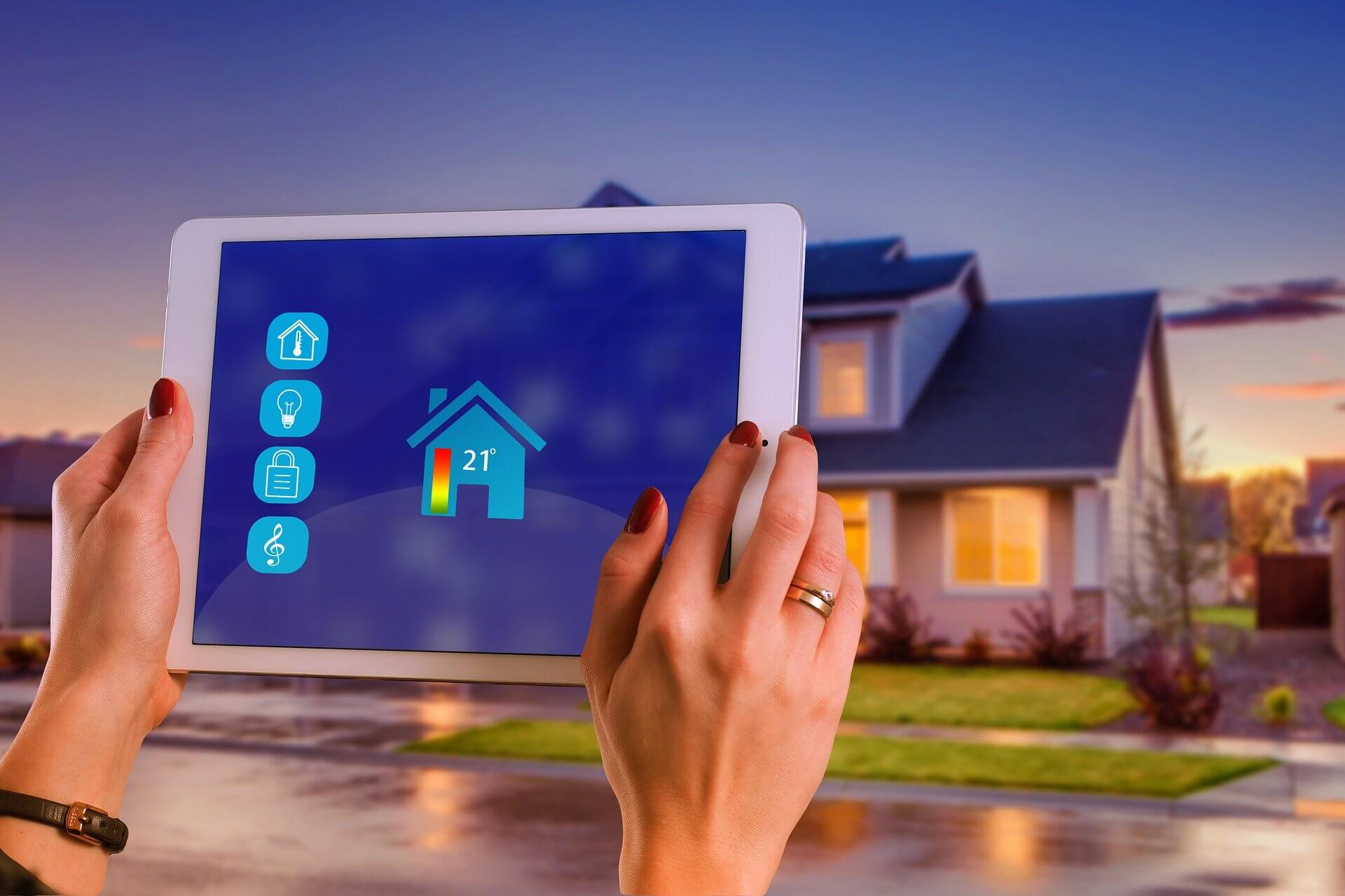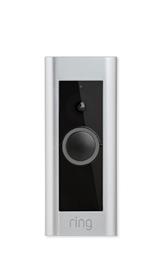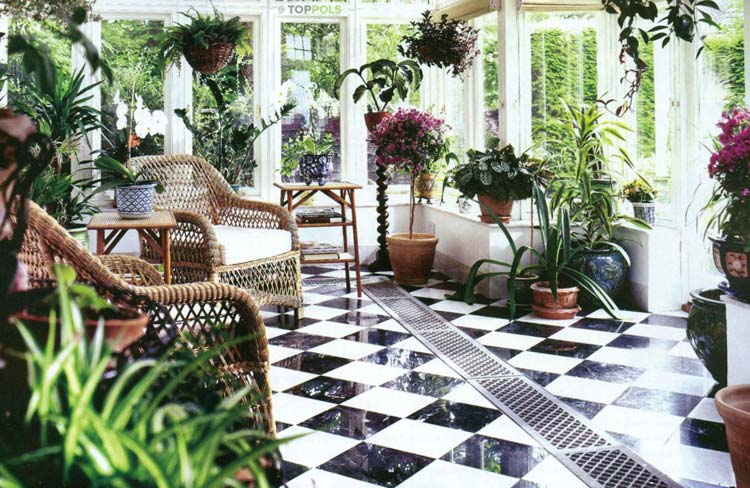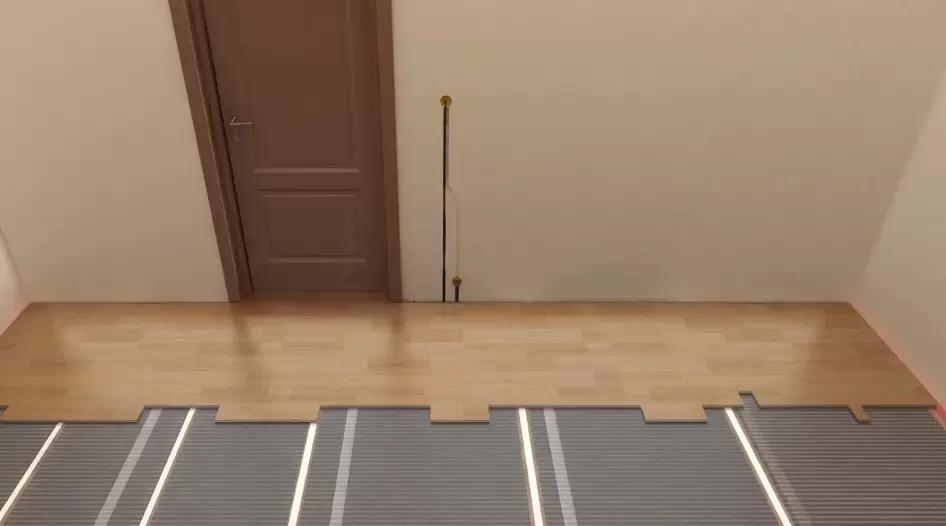
Infrared Heating Foil: Use as Direct Electric Heating
Introduction:
Infrared heating foils are gaining popularity as an efficient and cost-effective alternative to traditional heating systems. This innovative technology not only provides pleasant warmth but can also contribute significantly to energy savings. In this article, we will explore infrared heating foil and its use as direct electric heating.
How Infrared Heating Foils Work:
Infrared heating foils generate heat through infrared radiation, which acts directly on room surfaces and the human body without heating the air in between. This leads to quick, even temperature distribution and greater thermal comfort.
Advantages of Infrared Heating Foils:
1. Energy Efficiency: Infrared heating foils are highly efficient and can help reduce energy consumption, positively impacting electricity bills.
2. Easy Installation: The heating foils are thin and flexible, making them easy to install under various floating floor coverings.
3. Health-Promoting: Infrared heat, when applied directly to the human body, can improve blood circulation and relieve muscle tension, resulting in improved well-being.
4. Even Heat Distribution: In contrast to convection heaters, infrared heating foils produce even heat throughout the room.
5. Space-Saving and Aesthetic: Since infrared heating foils are installed under the floor covering and are completely out of sight, they do not affect the interior design.
Areas of Application:
Infrared heating foils are ideal for use in various living spaces such as living rooms, bedrooms, bathrooms or kitchens. They can also be used just as efficiently in office buildings, hotels, and other commercial facilities.
Installation and Maintenance:
Installing infrared heating foils is relatively easy and can be done by floor installers. The electrical connection should be carried out by a specialist. This type of surface heating is maintenance-free as there are no moving parts that could fail.
Conclusion:
Infrared heating foils offer an energy-efficient and comfortable heating solution for modern living and working spaces. Their use as direct electric heating can not only help save energy but also improve the indoor climate and offer health benefits. If you are looking for a sustainable and cost-effective heating alternative, infrared heating foils are worth considering.
If you have any questions, our heating experts will be happy to advise you by phone +49 2421 974 90 93
 DE
DE  EN
EN 



